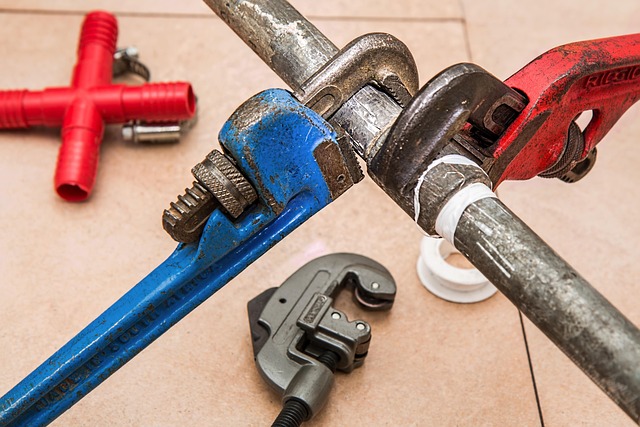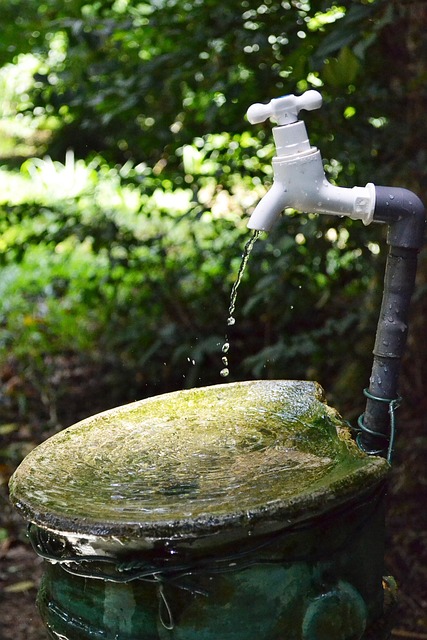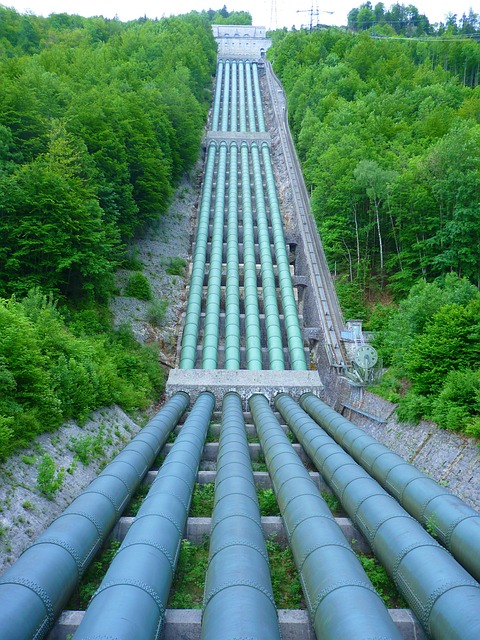Pipe Leak Detection Tips empower homeowners and renters to proactively identify plumbing issues early, preventing water damage and costly repairs. Key indicators include unexplained water bill increases, persistent dripping taps, unusual noises, damp walls or floors with mold growth. Tools like moisture meters and thermal imaging cameras can detect leaks early. Regular maintenance, including inspecting pipes for corrosion and cracks, monitoring water pressure, and hiring professional plumbers for periodic checks, is crucial to avoid major disasters and costly repairs.
“Discovering a hidden pipe leak can be a homeowner’s worst nightmare, leading to costly water damage. Before it becomes a disaster, learn how to identify subtle signs of a leak. This article equips you with essential Pipe Leak Detection Tips. From understanding the telltale symptoms to mastering advanced detection techniques and implementing preventive measures, you’ll arm yourself against unexpected plumbing crises. Stay proactive, save valuable resources, and safeguard your home.”
- Understanding the Signs of a Pipe Leak
- Tools and Techniques for Detection
- Preventive Measures to Stop Water Damage
Understanding the Signs of a Pipe Leak

Pipe leak detection tips can help homeowners and renters identify potential issues early on, preventing water damage and costly repairs. Understanding the signs is key to addressing leaks promptly. One of the most obvious indicators is a persistent, unexplained rise in your water bill. This could suggest excessive water usage, often caused by a hidden leak. Regularly checking for dripping taps, both indoors and outdoors, is another effective method. Even small drips over time can lead to significant water waste and potential pipe damage.
Furthermore, pay attention to strange noises coming from pipes, such as banging or clanking sounds, which might indicate loose connections or internal leaks. Walls or floors that feel damp to the touch or show signs of mold growth could also point to a leak somewhere in the plumbing system. By being vigilant and aware of these telltale signs, you can take proactive measures to stop water leaks before they turn into major disasters.
Tools and Techniques for Detection

Detecting a hidden pipe leak requires specific tools and techniques. Start by listening for unusual noises coming from your pipes, like dripping or banging sounds, which could indicate a weakness or damage. Use your hands to gently tap along the pipes; a persistent hum or vibration suggests an underlying issue.
Visual inspection is another powerful Pipe Leak Detection Tip. Check for water stains or mold around pipes and in basements or attics. Look for signs of corrosion or cracks, especially in older piping systems. Advanced techniques include employing moisture meters to identify damp spots and using thermal imaging cameras to detect temperature variations that can signal a leak. Regular maintenance and early action are key to preventing minor leaks from becoming major disasters.
Preventive Measures to Stop Water Damage

Regular maintenance is key to preventing water damage from a hidden pipe leak. Start by inspecting your home’s pipes for any signs of corrosion, cracks, or unusual noises—these could indicate potential issues. Keep an eye on water pressure and look out for sudden changes as they might signal leaks.
Implementing simple Pipe Leak Detection Tips like these can save you significant headaches down the line. Consider hiring a professional plumber to conduct periodic checks, especially in hard-to-reach areas. By staying proactive, you can avoid costly repairs and ensure your home’s integrity long-term.
Regularly checking for potential pipe leaks is key to avoiding costly water damage. By understanding common signs, utilizing effective detection tools and techniques, and implementing preventive measures, you can turn a potential disaster into a manageable issue. These Pipe Leak Detection Tips empower homeowners and tenants alike to take proactive steps towards protecting their properties and ensuring peace of mind.
